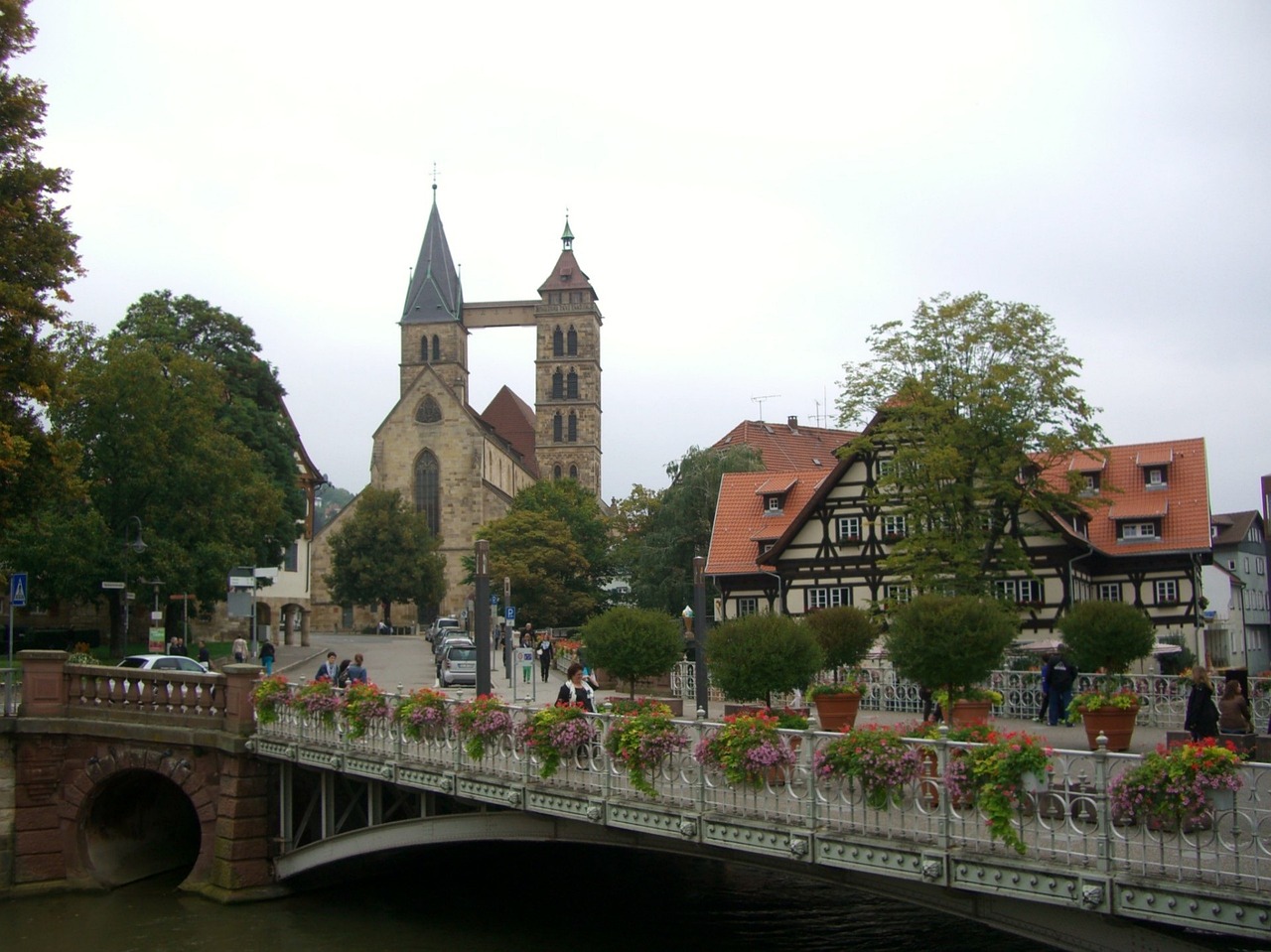The festivities celebrating Dionysus were a vibrant aspect of ancient Greek culture, particularly for the inhabitants of Athens. These gatherings offered an escape from societal norms, allowing citizens—regardless of their social standing—to revel in ecstatic celebrations often centered around taboo indulgences. This article explores several key festivals dedicated to Dionysus, addressing the nature of these events and their significance to the people of ancient Attica.
Festivals of Dionysus and Their Significance
For those attending the Dionysian festivals, the deity represented liberation. During these multifaceted occasions, women, slaves, and even prisoners could partake in revelry typically reserved for male citizens, amplifying Dionysus’s stature as a beloved figure among Athenians. His gifts, notably wine, afforded participants both joy and a break from societal limitations.
A recurring theme among these Dionysus festivals was the celebration of viticulture and harvest. Through ceremonies invoking wine’s bounty—ranging from hearty libations to phallic processions seeking blessings of fertility—these rituals collectively honored the divine gift of wine.
1. The City Dionysia: A Grand Athenian Festival
The City Dionysia, or Greater Dionysia, was celebrated annually in March to honor Dionysus Eleuthereus. Accounts from Pausanias suggest that a figure named Pegasos established this festival. The timing of the City Dionysia, coinciding with the onset of the sailing season, attracted many visitors to Athens, including slaves and prisoners who were temporarily released to partake in the festivities.
Ceremonies of the City Dionysia
The festival began with a ceremonial procession featuring a wooden statue of Dionysus, known as the xoanon, that wound its way through the streets to the god’s temple. Participants carried phallic symbols while performers reenacted the legendary arrival of Dionysus in Athens. Upon reaching the temple, ritual sacrifices and hymns were offered. A bull was presented in tribute to Dionysus, followed by a torch-lit procession signaling the festival’s commencement at the Theatre of Dionysus, where many famous Greek tragedies and comedies debuted.
2. The Anthesteria: A Celebration of Cult and Harvest
Another prominent Dionysian festival was the Anthesteria, a three-day event occurring in late February across both Attica and Ionia. The term Anthesteria derives from “anthos,” a word related to winemaking.
While various theories abound regarding its origins, records from antiquity shed some light. Philostratus’s writings suggested that the festival formed part of a rite of passage, with children adorned in floral crowns symbolizing the maturation of grapevines.
Festival Days
Each Anthesteria day commenced at sunset the previous evening, allowing all-night wine consumption.
- Pithoigia (Opening of the New Wine) involved making libations at Dionysus’s sanctuary.
- Choes (Jars) featured communal drinking with a competitive twist.
- Chytroi (Pots) saw the sanctuary open for sacred events, including the hieros gamos, a ritual marriage between the basilinna and Dionysus.
The Sacred Marriage
The basilinna’s union with Dionysus during this secret ceremony represented fertility and mirrored the mythic bond between Dionysus and Ariadne.
3. The Lenaia: A Winter Celebration
The Lenaia festival, held in January, marked another notable celebration of Dionysus. Like the Greater Dionysia, it was state-sponsored and mainly attended by city dwellers. It featured a procession led by the archon and officiants and was accompanied by jubilant dancing and revelry, integral to the festival’s character.
The celebrations concluded with a sparagmos ritual signifying the dismemberment of a sacrificial animal—a practice drawing from mythological narratives like those presented in Euripides’s Bacchae. The Lenaia also involved hymns, dithyrambs, and theatrical contests honoring the best playwrights.
4. The Rural Dionysia: Lesser-Known Celebrations
The Rural Dionysia encompassed smaller December festivals across Attica, predating the grandeur of the City Dionysia. These earlier celebrations allowed rural communities to experience Dionysian festivities.
Hyginus recorded a myth explaining the Rural Dionysia’s origins, detailing the madness inflicted upon Eleuther’s daughters and the subsequent establishment of the festival as a means of honoring Dionysus after initial resistance.
These rural celebrations were marked by various rituals, including phallic processions aimed at promoting agricultural fertility.
The Role of Women in Dionysian Festivals
In the patriarchal framework of ancient Athens, women generally faced restrictions in public and religious domains. Despite these limitations, women played crucial roles in the Dionysian festivals, notably in secret rituals exclusive to them.
Throughout the City Dionysia, women known as kanephoroi, or “basket-carriers,” transported offerings for Dionysus, while bacchae actively participated in Lenaia festivities. During the Anthesteria, the basilinna and a select group of women participated in sacred marriage rituals, emphasizing their significant roles within these religious celebrations.



